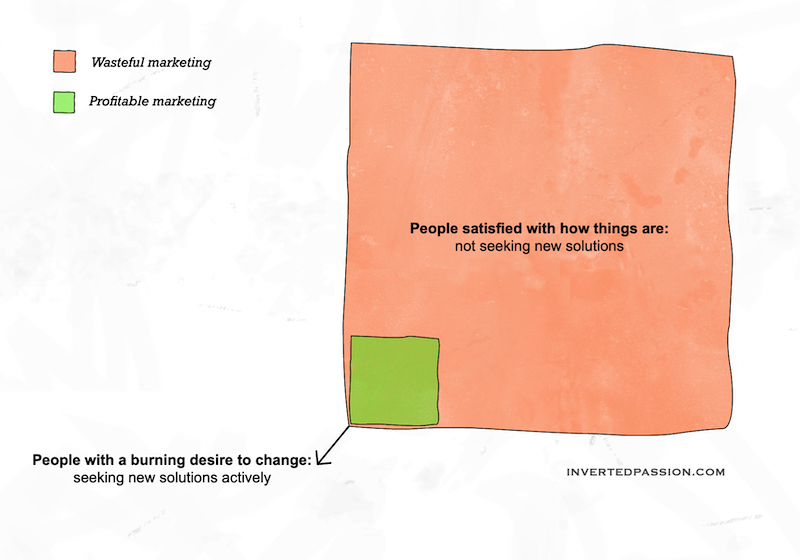Most of us are lazy. We do not wake up every day trying to actively seek new ways of improving our lives. We prefer the comfort of things that are known to work for us. That is why we frequent our favorite restaurants, watch our favorite TV shows and take our favorite routes to the office. Even though we like to think we’re not comfort-seekers, our actions usually speak otherwise.
Most of us are risk-averse when it comes to trying something new.

However, some of us are truly adventuresome. If you’re not someone who is comfortable trying the new-new, you may have a friend who prefers to go to newly opened restaurants with no ratings. Such people are early adopters and as the name suggests, they take pride in being among the first ones to try something new and are seen as a tastemaker among friends and community.
Every market is comprised of a small segment of such early adopters. These early adopters are market-specific though. For example, someone who likes to try new restaurants may never download a new unproven app on her phone (and vice versa). So there’s no universal early adopter. Even within a specific market, there could be early adopters of many types. For example, in the case of restaurants, there may be some early adopters for Chinese cuisine and others for Indian cuisine.
While most people are satisfied by their tried and tested, early adopters in a market have a burning desire to try new things. They’re perennially dissatisfied with existing options. As a startup against entrenched players, they’re a natural point of entry.
The only job of a marketer at a startup boils down to finding early adopters and telling them what’s new on offer. Marketing to everyone is wasteful because most people are satisfied with what they have and aren’t seeking a new solution. So it’s important to identify a marketing beachhead comprising of people who’re dissatisfied with existing solutions.
To get the word out about your product, you need to find out if there are online or offline places where early adopters for your market hang out. You need to find appropriate distribution channels for reaching that segment of your target market who’re dissatisfied with the status quo. You need to have a laser focus on marketing to the niche comprising of dissatisfied within your broader market.
Yes, finding profitable, effective, and precise ways to reach early adopters is the most difficult project for a marketer and it requires creativity (that’s what marketers are paid for). For example, if you’re opening a new Chinese restaurant, how do you identify and reach out only to Chinese cuisine early adopters in the area? You can always do a broad promotion like putting an ad on a billboard but since most people aren’t interested in trying something new, you’d be wasting money. In your early days, you need to find and target only those who have a burning desire to search for what you’re offering.
All humans like to boast and early adopters are no exception to this. One tip to identify early adopters is to look for people in the market who’re most vocal.
The vocalness of early adopters means that their experience with your offering matters a lot because they’re the ones other people in the mainstream look up to for guidance. If they love or hate your product, they’re going to tell their friends and colleagues. Hence, their experience with your product will likely determine the chances of your offering penetrating the mainstream or not.
Remember: Not everyone in your target segment has the same burning need that your product solves. Find and target only those who have the burning need. Post that, it’s mostly the product quality and customer experience that’ll determine whether your offering is able to attract other customers from the mainstream or not.
This essay is part of my book on mental models for startup founders.
Join 200k followers
Follow @paraschopra